Western hemlock (WH)
A fast-growing, non-native conifer that produces timber with good wood properties. Traditionally seen as a species suited to upland forestry evidence and practice is demonstrating it has a wider niche; it is consequently being more widely planted across Britain where conditions suit as part of forest diversification. Being shade tolerant and able to regenerate freely makes it a species suited to continuous cover forestry.
Western hemlock is categorised as a principal tree species. These are tree species where silvicultural knowledge provides confidence to enable successful deployment across Britain. The species are either already widely used or are increasing in usage. They will continue to be important unless affected by a new pest or disease or become adversely affected by climate change.
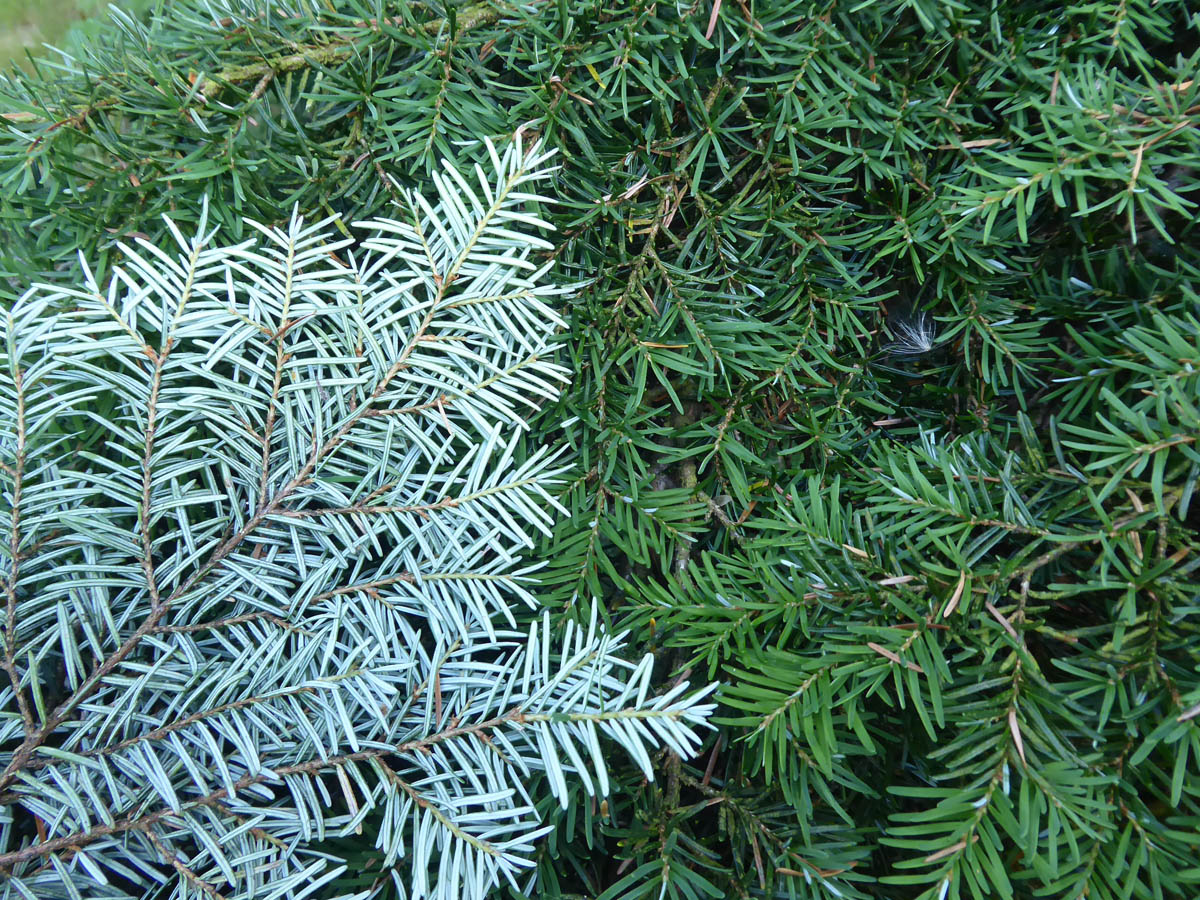
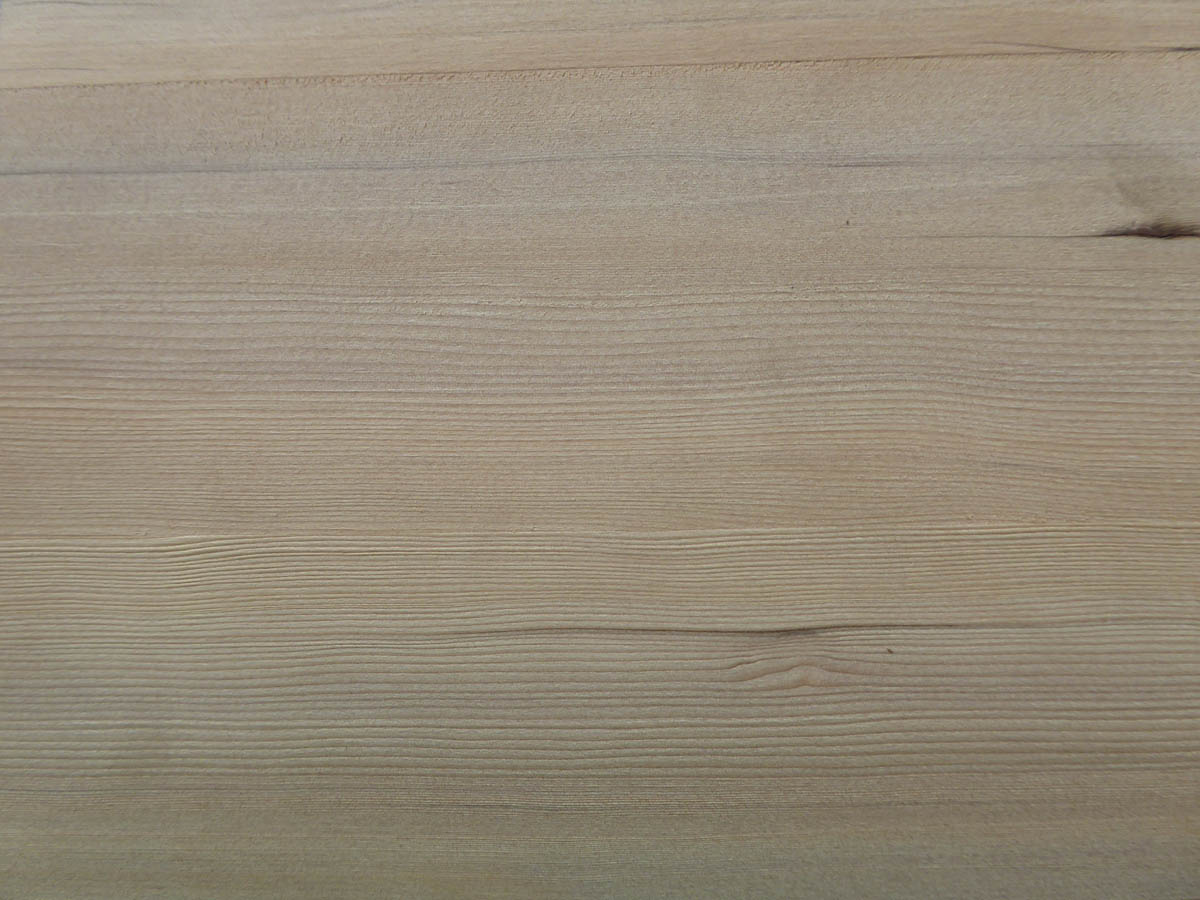
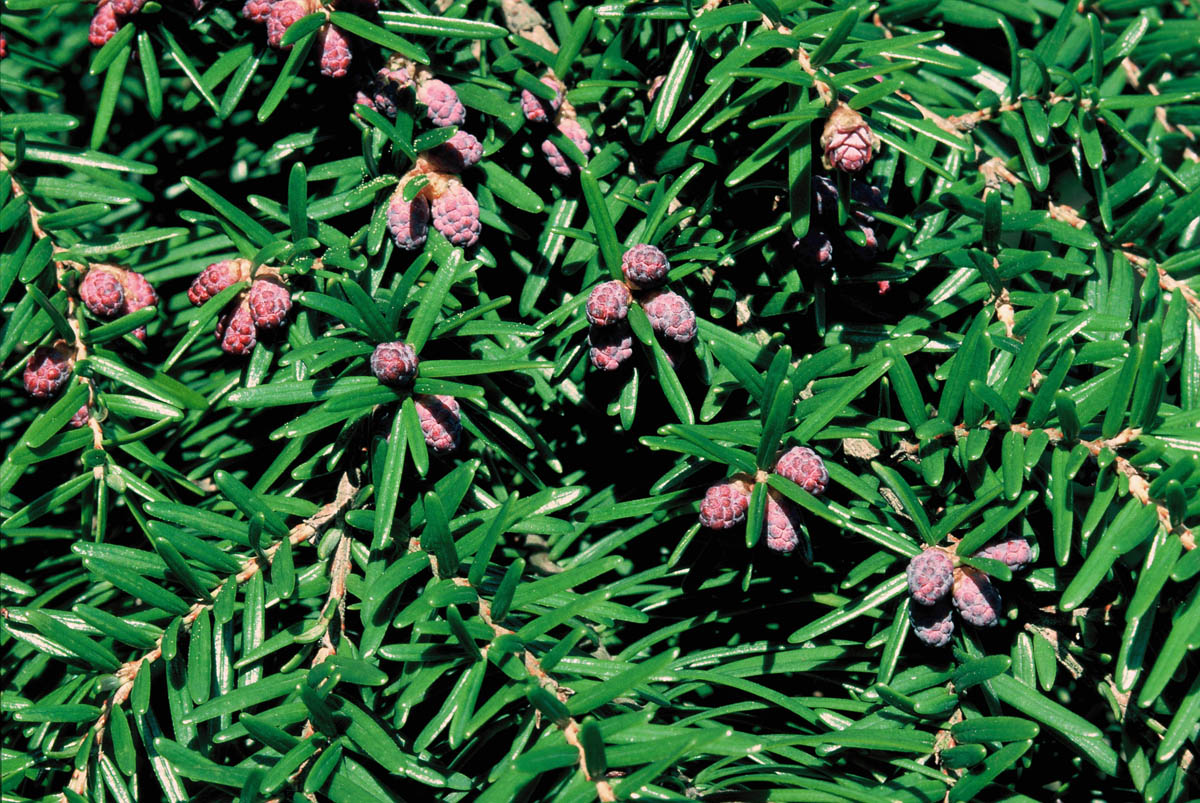
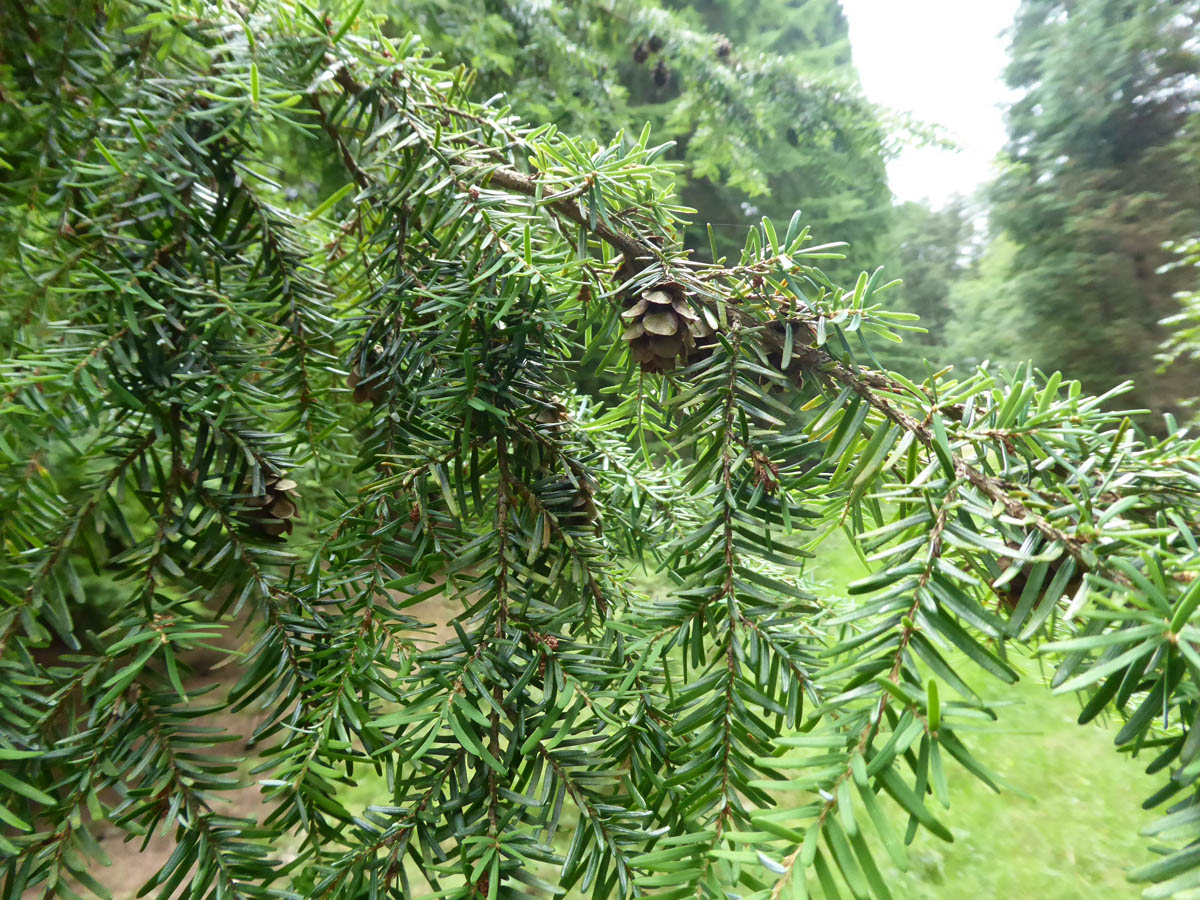

Range
Native to the Pacific north-west of America from Alaska to California.
Provenance Choice
Provenances from Vancouver Island and the Cascades of Washington and Oregon are recommended for sites where ESC indicates western hemlock is suitable, frost risk is low, and it is not planted on open, exposed sites. A few provenances from the British Isles have performed well in experiments and are worthy of consideration.
Site Requirements
Best suited to moister climates in Britain with >1000 mm annual rainfall; but can be a productive forest tree on sites >800 mm annual rainfall.
Although it can suffer from heather competition, it will grow on soils of very poor to medium nutrient status and of slightly dry to moist soil moisture. Not suited to peats or very dry soils. Best growth will be found on acid brown earths (pH 4.0-6.3) on lower valley sides in upland forests.
Further detail on the site requirements of western hemlock in current and future climates can be examined using the Forest Research Ecological Site Classification Decision Support System (ESC).
ECOLOGICAL SITE CLASSIFICATION TOOL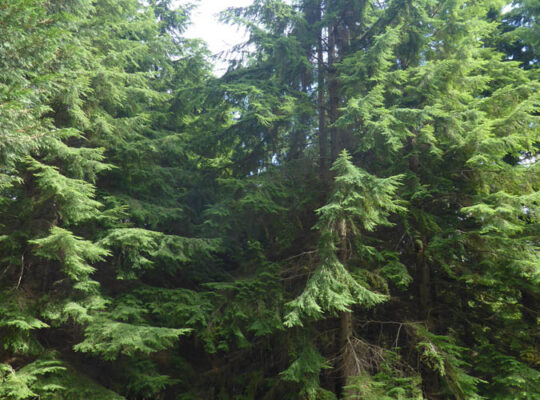
Silviculture
Western hemlock has rapid growth and high-volume production on suitable sites and regenerates freely in a wide range of conditions. This potential for regeneration can be useful when desired but considered invasive when not. Yield classes range from 12 to 24+ depending on site suitability. The species is cold hardy throughout Britain but is sensitive to late frosts, does not tolerate exposure and is drought sensitive. As a consequence, trees are often of poor form (e.g., multi-stemmed). These factors mean that it is not well-suited for afforestation of open ground and is best planted on sheltered sites; for example, in underplanting or in group planting. Western hemlock is palatable to deer and other browsing mammals.
The species has high shade tolerance, and this means it is well-suited to use in continuous cover forestry. It is also compatible with a number of other species and grows well in mixed stands; for example, Sitka spruce and Douglas-fir, which are its natural partners in the forests of the Pacific north-west.
Pests and Pathogens
Largely free of major pathogens, western hemlock is nonetheless considered highly susceptible to Heterobasidion annosum (conifer root and butt rot). There are two recent introduced fungi affecting western hemlock. Sirococcus tsugae, was first reported affecting western hemlock in 2014, along with other Tsuga spp. and Cedrus spp. and Phytophthora pluvialis in 2021. At present there is no clear idea of the future impact of these diseases and Forest Research are monitoring its spread. To assist, any suspected cases in mainland Britain should be reported via TreeAlert.
See our other tools and resources
Further Resources
Internal
In addition to the general sources of information for species the following are useful for western hemlock.
External
In addition to the general sources of information for species the following are useful for western hemlock.
Cameron, A.D. and Mason, W.L. 2013 Western hemlock: are we ignoring one of our most useful tree species. Scottish Forestry, 67(1):10-14.
USDA 2019, Abies grandis (Douglas ex D. Don) Lindl., United States Department of Agriculture; Natural Resources Conservation Service, viewed 22 November 2021, https://plants.usda.gov/home/plantProfile?symbol=TSHE
Wilson, Scott McG. (2011) Using alternative conifers for productive forestry in Scotland. Forestry Commission Scotland, Edinburgh.



